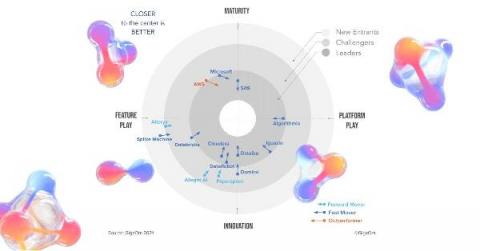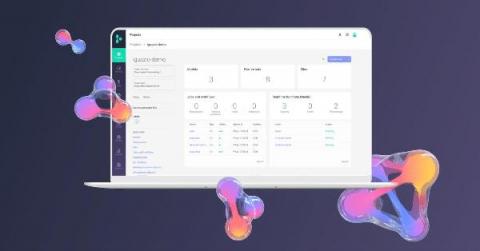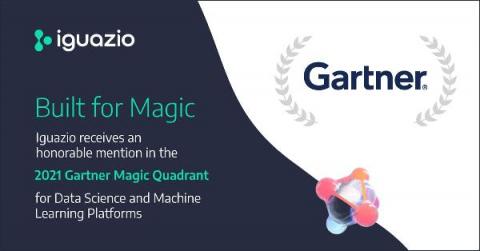Building a Single Pipeline for Data Integration and ML with Azure Synapse Analytics and Iguazio
Across organizations large and small, ML teams are still faced with data silos that slow down or halt innovation. Read on to learn about how enterprises are tackling these challenges, by integrating with any data types to create a single end-to-end pipeline and rapidly run AI/ML with Azure Synapse Analytics with Iguazio.







